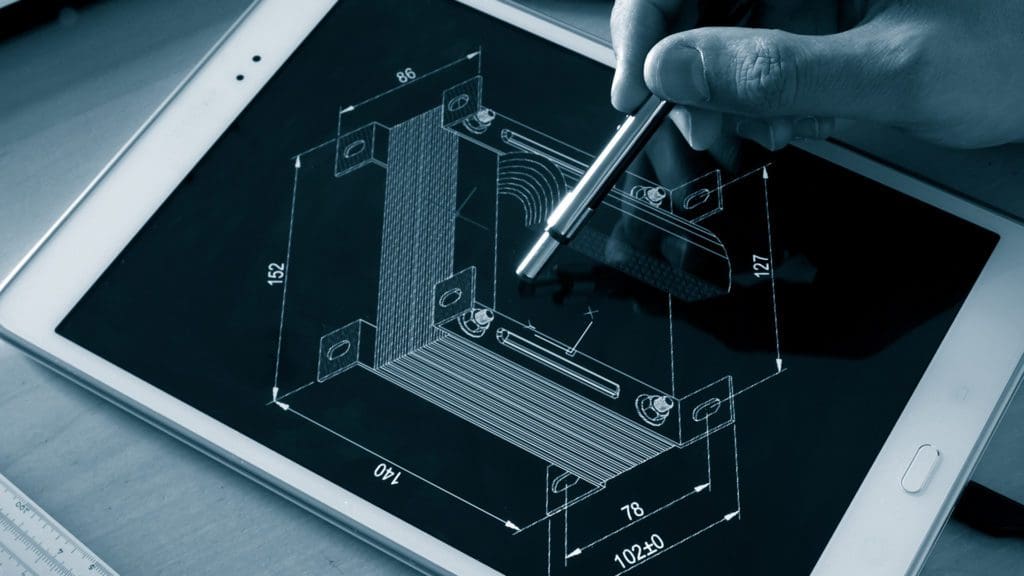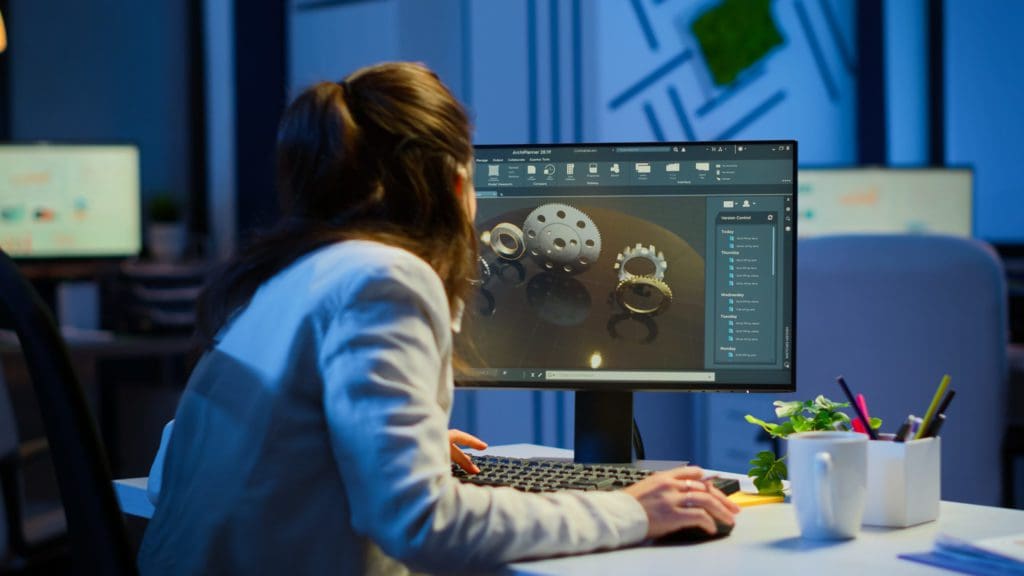Almost everything we touch and use in our day-to-day lives was once just someone’s idea. It took people with confidence, perseverance, and a plan to take these products from a dream to reality. Whether your goal is to keep your company relevant in the marketplace, make a significant profit, or create something to stir up the market, you won’t achieve this if you rush through the manufacturing process, get complacent, or cut corners.
The process from brainstorming a new idea to bringing a product to market can seem drawn out and daunting, which is why it’s essential to narrow down the steps you’ll need to take to go from product conception through the manufacturing process. By breaking it down into simple steps, you can see that it could be simpler than you think to turn your brainstorm into a finished product. Let’s take a closer look at those steps today.
When a manufactured part or machine needs to be repaired, our customers come to us. Using VRC Cold Spray technology, we can make repairs that bring your parts to either “as good as new” or even “better than new” condition. Read more about our Cold Spray technology here.
The Manufacturing Process
Step 1: Product Concept
Sketch out your basic idea. Artistic skills aren’t needed. Just get your idea out on paper or sketched out in a program on your computer. Consider what you want your product to be, its use, and who would be using it. Create sketches and make notes of your initial concept to refer back to as much as needed.

Step 2: Research, Research, Research
There are several things to research at this stage:
- Demand.
- If your product solves a problem, are many people actually looking for a solution to that problem? Can you see a gap in the marketplace that is desperate to be filled?
- The competition.
- Are there products out there that are similar to yours? If so, it doesn’t necessarily mean your idea won’t succeed, but how will you improve on what is already available?
Step 3: Design Development
At the design development stage, you can begin to develop your product design. There are several things you must consider here:
- What EXACTLY is your product’s function?
- Does it meet customers’ needs?
- How strong and long-lasting will your product be?
- How reliable is your product?
- What will the manufacturing costs be?
- Does this allow a profit margin without a price that will dissuade buyers?
- How many parts make up your product?
- Is your product single-use or long-lasting?
- What are the materials needed for production?
Step 4: Research & Develop A Prototype Design
Edit your designs as necessary. Include dimensions and materials, develop the plans well, and include all vital details.
If your product has multiple parts, try to keep these to a minimum. In the production stage, it will help keep manufacturing costs down and speed up assembly.

Step 5: CAD & CAM
Computer-aided design. This process uses 3D rendering software to produce a computer model of your design. Models like this can help to reveal any potential issues that weren’t evident in the product design. If you find problems in this step, take the opportunity to return to the final design stage and fix the flaws.
Computer-aided manufacturing. You get to see your product’s physical prototype, manufactured by a computer-guided system.
If you partner with a good manufacturer for your prototype, they can generally assist with these computer-aided pieces. Make sure the manufacturer you choose specializes in prototype production.
Step 6: Test Your Prototype
Make sure your testing is critical, thorough, and honest!
This step is another opportunity for you to find any potential issues.
Acknowledge and analyze any design problems or flaws, as it can only help your end product be the best it possibly can. Work out the kinks.
If you have to work on any issues, repeat the prototype production and testing steps as many times as required to get it right!
Step 7: Manufacturing & Assembly
Once you’re satisfied with your prototype, it’s time to manufacture your product. Some other decisions may need to be made here, including materials, batch numbers, and the manufacturer, if you haven’t already chosen one.
Think about keeping costs low while maintaining the quality you want to maximize profits. Remember that using subpar materials may negatively affect your eventual sales. Don’t let your product’s quality slip by cutting corners now!

Step 8: Feedback & Testing
Your product has been manufactured and assembled. Continue testing it rigorously.
Some ways to do this include creating focus groups, asking fellow professionals, or asking family and friends. But no matter how you choose to test, ensure you take note of feedback and allow free and honest criticism.
It may be, after the feedback, that you go back to the prototype drafting and design step again. Allowing for further development and improvement is a bright, sensible move.
As you move through this phase of testing, you may discover flaws or that your product needs repairs after a certain amount of use or time has lapsed. Formulate a plan for these repairs if you need to.
Step 9: Large Scale Production
By now, if you haven’t uncovered any issues with your product or you are happy with your prototype, your manufacturing company should have pointed out any serious problems they recognize.
We’ve said it above, but don’t shy away from taking the time to get your product just right.
If you and your manufacturing company have worked out all of the kinks, it’s time to mass-produce your idea!
Now that you have successfully taken your concept to a polished final product, it’s time to turn your attention to marketing and the practical side of getting it into the hands of customers. The more you sell, the more you can afford to put into manufacturing larger batches, meaning a more significant profit next time around!
How Can VRC Cold Spray Help With The Manufacturing Process?
When a manufactured part or machine needs to be repaired, our customers come to us. Using VRC Cold Spray technology, we can make repairs to “as good as” or sometimes even “better than new” requirements. Contact us to find out how cold spray technology can benefit your new product.


